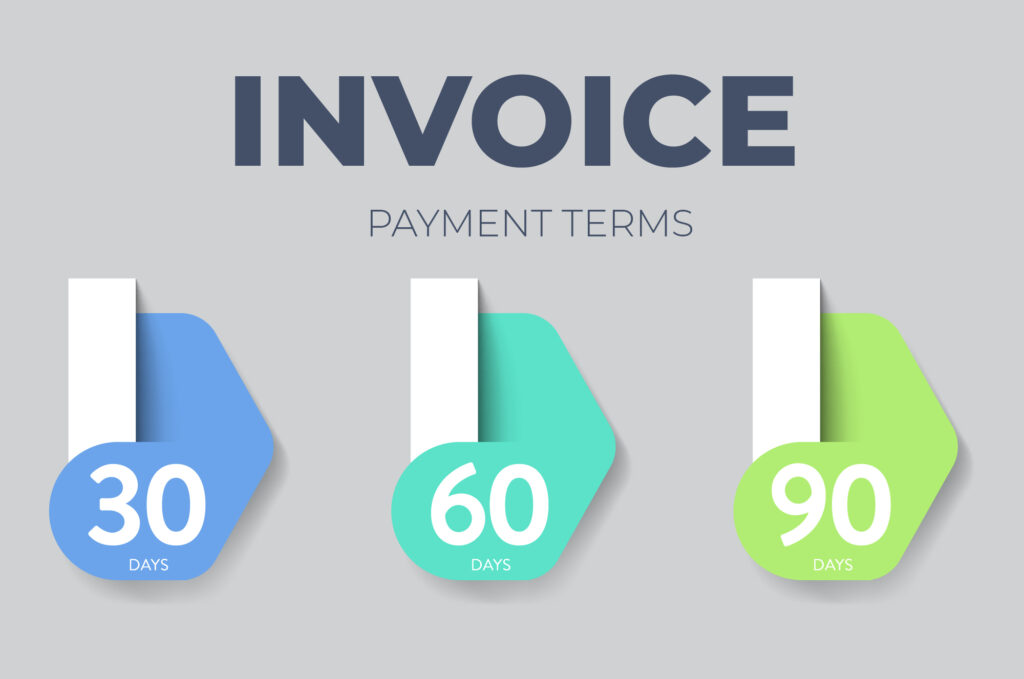Your Year-End Business Checklist: 10 Essential Tasks
Your Year-End Business Checklist: 10 Essential Tasks
Christmas is a season not only of rejoicing, but of reflection
- Winston Churchill

The end of the year is the perfect time to wrap up loose ends, assess your business’s performance, and prepare for a successful year ahead. This checklist is a fantastic start. But consider reaching out to us for a tailored checklist for your unique business needs. We’d love to help you tick all the boxes before the holidays rush in.
Can you believe November is upon us already? But instead of panicking about Christmas presents, it’s time to get strategic. The end of the year presents a crucial opportunity to settle outstanding matters, measure your business’s progress, and establish a strong foundation for a prosperous new year. This checklist can help you achieve this before December rolls around.
Your 10-step checklist
- Back up your data: Back up essential files including accounting documents, client information, and emails. It’s a good idea to keep at least one copy on the cloud and another copy offline on an external hard drive in a secure location.
- Stay on top of employee matters: Update all employee information as well as employee access and passwords to software programs and computer systems. Conduct constructive performance appraisals or feedback sessions and share rewards and recognition for notable contributions.
- Connect with your customers: Send festive season wishes and details of your holiday operating hours, and invite your customers to give feedback about your company. Add an out-of-office notification on all your communication channels with specific dates as well as an emergency number.
- Understand your financial position: Management accounts or reports like the income statement, balance sheet, and cash flow statement provide insight into the expense patterns, profit margins, revenue trends and financial health of your business, enabling informed decisions.
- Understand your tax position: Make sure you know your various tax obligations, liabilities and deadlines, and any tax deductions and credits you may qualify for before year-end.
- Review marketing and sales efforts: Evaluate which strategies worked, which didn’t, and why.
- Collect outstanding invoices: Get your December invoices out as early as possible and don’t let unpaid invoices carry over into the new year. Follow up on overdue payments now to boost cash flow and start fresh in January.
- Verify supplier information: Update your supplier database by confirming contact details, while also evaluating supplier relationships and negotiating better terms.
- Take stock: Take a physical inventory of all equipment, supplies and stock to better meet customer demand, identify any discrepancies in your records, prepare tax returns and insurance proposals, and effect necessary repairs, maintenance and upgrades. Set a specific day for the count, organise the space, record quantities, and calculate total value.
Audit your digital presence: Test every link on your website, check your contact forms, review your social media profiles and call your business number to ensure everything works.
Start 2026 off on the right foot
Once you’ve ended the year right, you can start focusing on what’s to come. Use your financial statements, marketing and sales reviews, customer feedback and team input to evaluate progress on last year’s goals and to set new ones. Create a high-level action plan for each goal to guide your progress throughout the coming year. Please contact us if you need any help with this.








